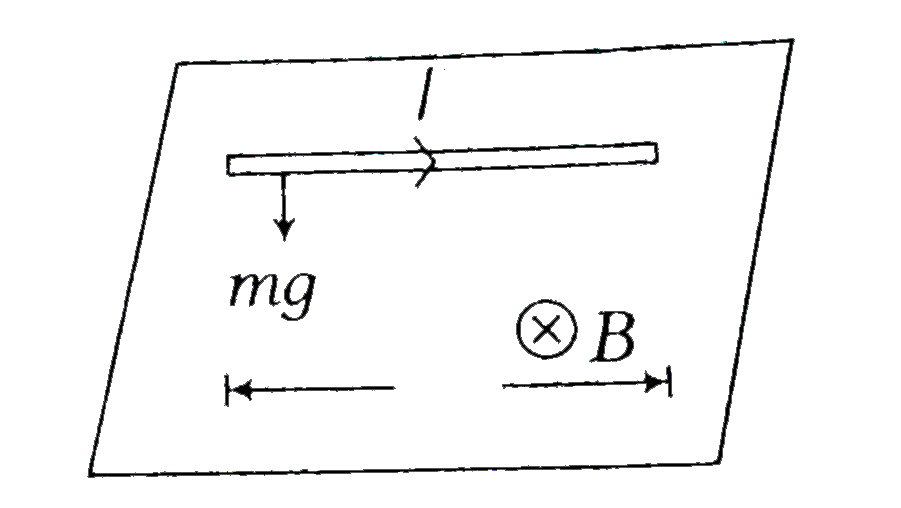An electromagnetic wave going through vacuum is described by
E=E0sin(kx−ωt),B=B0sin(kx−ωt).
Then
E0=B0
E0ω=B0k
E0B0=ωk
E0k=B0ω
The correct Answer is:D
Step by step video solution for An electromagnetic wave going through vacuum is described by E= E_0 sin(kx- omega t), B=B_0sin(kx-omega t). Then by Physics experts to help you in doubts & scoring excellent marks in Class 12 exams.
Updated on:21/07/2023Topper's Solved these Questions
- ELECTROMAGNETIC WAVESBOOK - AAKASH SERIESCHAPTER - ELECTROMAGNETIC WAVESEXERCISE - EXERCISE -IB
37 Videos
- ELECTROMAGNETIC WAVESBOOK - AAKASH SERIESCHAPTER - ELECTROMAGNETIC WAVESEXERCISE - EXERCISE -II
22 Videos
- ELECTROMAGNETIC WAVESBOOK - AAKASH SERIESCHAPTER - ELECTROMAGNETIC WAVESEXERCISE - EXERCISE -II
22 Videos
- ELECTROMAGNETIC INDUCTIONBOOK - AAKASH SERIESCHAPTER - ELECTROMAGNETIC INDUCTIONEXERCISE - Additional Exercise
11 Videos
- ELECTROMAGNETICSBOOK - AAKASH SERIESCHAPTER - ELECTROMAGNETICSEXERCISE - ADDITIONAL EXERCISE
13 Videos
Similar Questions
Statement 1: Electric field produced by changing magnetic field is nonconservative.
Statement 2: For the electric field →E induced by a changing magnetic field which has closed lines of force, ∮→E.→dl=0
View SolutionA parallel plate capacitor consists of two circular plates each of radius 2cm, separated by a distance of 0.1mm. If the potential difference across the plates is varying at the rate of 5×106Vs−1, then the value of displacement current is
View SolutionA parallel plate capacitor consists of two circular plates each of radius 2cm, separated by a distance of 0.1mm. If the potential difference across the plates is varying at the rate of 5×106Vs−1, then the value of displacement current is
View SolutionWhat would you do to obtain a large deflection of the galvanometer? (b) How would you demonstrate the presence of an induced current in the absence of a galvanometer?
View SolutionA straight wire of mass 200 g and length 1.5 m carries a current of 2 A .It is suspended in mid air by a unifrom horizontal magnetic fleld B , What is the magnitude of the magnetic fleld ?

View SolutionAn electromagnetic wave going through vacuum is described by E= E_0 sin(kx- omega t), B=B_0sin(kx-omega t) . Then
View SolutionAn electromagnetic wave going through vacuum is described by
E= E_0 sin(kx- omega t). Which of the following is/are independent of the wavelength?
View SolutionAn em wave going through vacuum is described by E=E0sin(kx−ωt)
B=B0sin(kx−ωt)
View SolutionTwo waves are given byy1=asin(ωt−kx) and y2=acos(ωt−kx). The phase difference between the two waves is
View SolutionTwo harmonic travelling waves are described by the equations y_(1)=a sin(kx-omega t) and y_(2)=a sin(-kx+omega t+phi) . The amplitude of the superimposed wave is
View SolutionA travelling wave represented by y = A sin (omega t - kx) is superimposed on another wave represented by y = A sin (omega t + kx). the resultant is :
View SolutionAn electromagnetic wave going through vacuum is described by E=E0sin(kx−ωt) which of the following is/are independent of the wavelength?
View SolutionAn electromagnetic wave going through vacuum is described by:
E=E0sin(kx−ωt)
B=B0sin(kx−ωt)
View Solutionनिर्वात में से जा रही वैद्युतचुम्बकीय तरंग, E=E0sin(kx−ωt) से दर्शाई जाती है। निम्न में से क्या तरंगदैर्ध्य पर निर्भर नहीं?
View Solutionएक विद्युतचुम्बकीय तरंग निर्वात् में संचरित होती है। जो इस प्रकार है E=E0sin(kx−ωt) तथा B=B0sin(kx−ωt) निम्न में से सत्य है
View Solutionविद्युतचुम्बकीय तरंग निर्वात से गुजरने पर E=E0sin(kx−ωt) द्वारा प्रदर्शित की जाती है। निम्न में से कौन तरंगदैर्ध्य से स्वतन्त्र होगा?
View Solution

